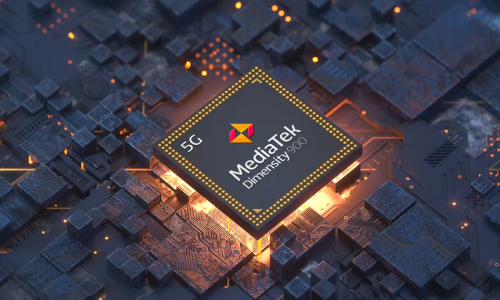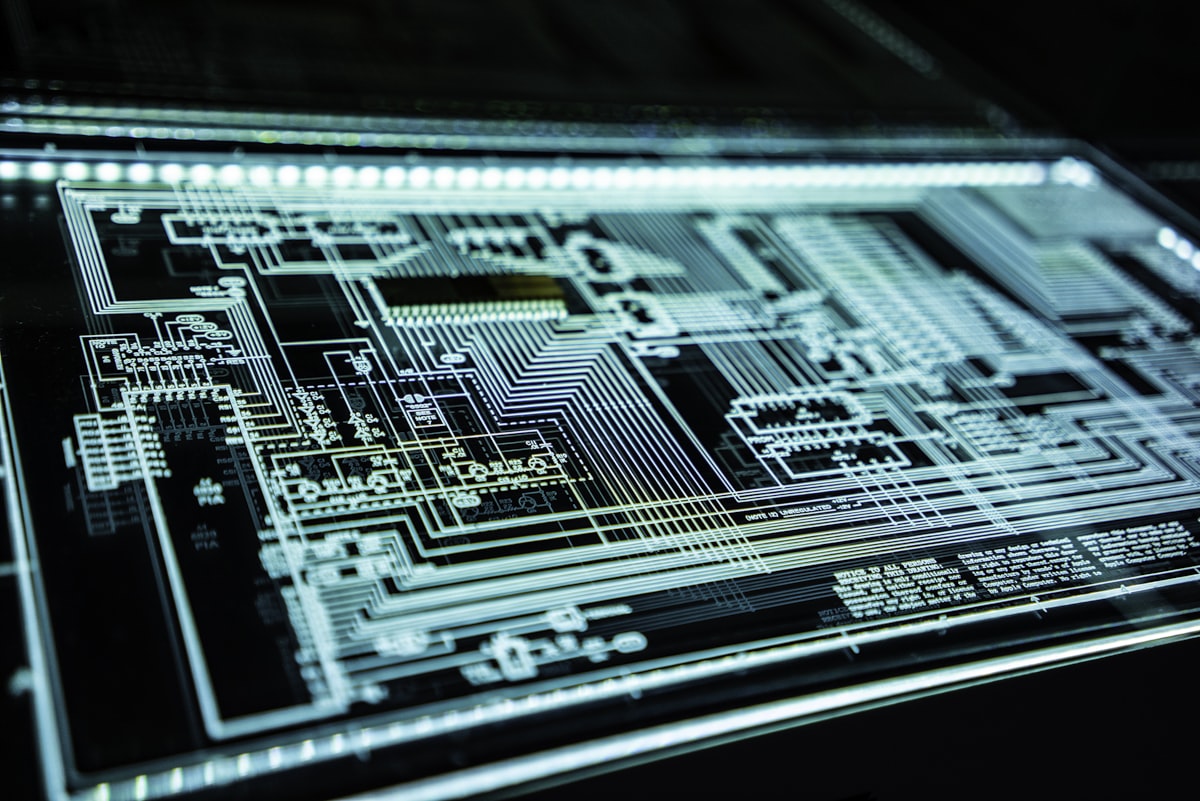The flagship Dimensity 2000 processor started to appear on the horizon. New information has emerged about the chipset developed by MediaTek. Especially after Qualcomm's Snapdragon 898 breakthrough, the eyes were on the company.
According to shared reports and information, MediaTek wants to take a competitive position with its new processor. There was another pleasing development regarding Dimensity 2000, where new details about its architecture were shared. It seems that MediaTek has started to put the new generation chipset to the tests.
Dimensity 2000 is in the testing phase
Adapted to the ARM V9 architecture, the processor aims to be first class. The processor, which has now been counted down, will be shipped slowly towards the end of the year. MediaTek, which has started the tests, may coincide the release of its new generation processor with the Snapdragon 898 if things go well. This means that the competition will start to heat up.
The Dimensity 2000 processor is expected to be like the Snapdragon 898 at first glance. In other words, the chipset seems to be stronger in the previous generation Snapdragon 888. However, the processor will be more powerful and economical than the MediaTek-made Dimensity 1200.
Dimensity 2000, which will include super-large Cortex X2 cores, can already raise expectations. Because the estimates for the chipset are quite high. While it is claimed that the working score will exceed 900 thousand, the value of 1 million for Snapdragon 898 is spoken.
17% increase over the previous generation
Comparing with Cortex X1 core Snapdragon 888, Dimensity 2000 will meet its users with a 17% performance increase. In addition, the processor is expected to be 10% better in power consumption compared to the previous generation. It is a well-known fact that the Snapragon 888 series in particular has difficulty in cooling due to power consumption. However, if the numbers are correct, MediaTek will have accomplished an important job.
MediaTek, which will use TSMC's 4nm processors, follows a similar path with Qualcomm. Will the company, which wants to pose a direct threat to its rival, be able to achieve this with the new chipset? We will see together.
Makalemizle iİlgili Görüşlerini Belirtebilirsin














